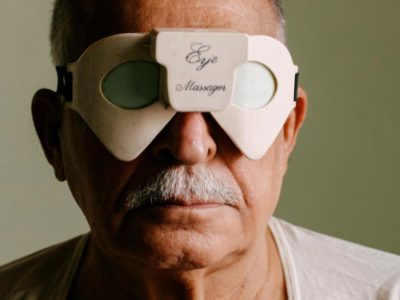FotoFirst — Giovanni Ambrosio Uses the Window as a Metaphor for Photography
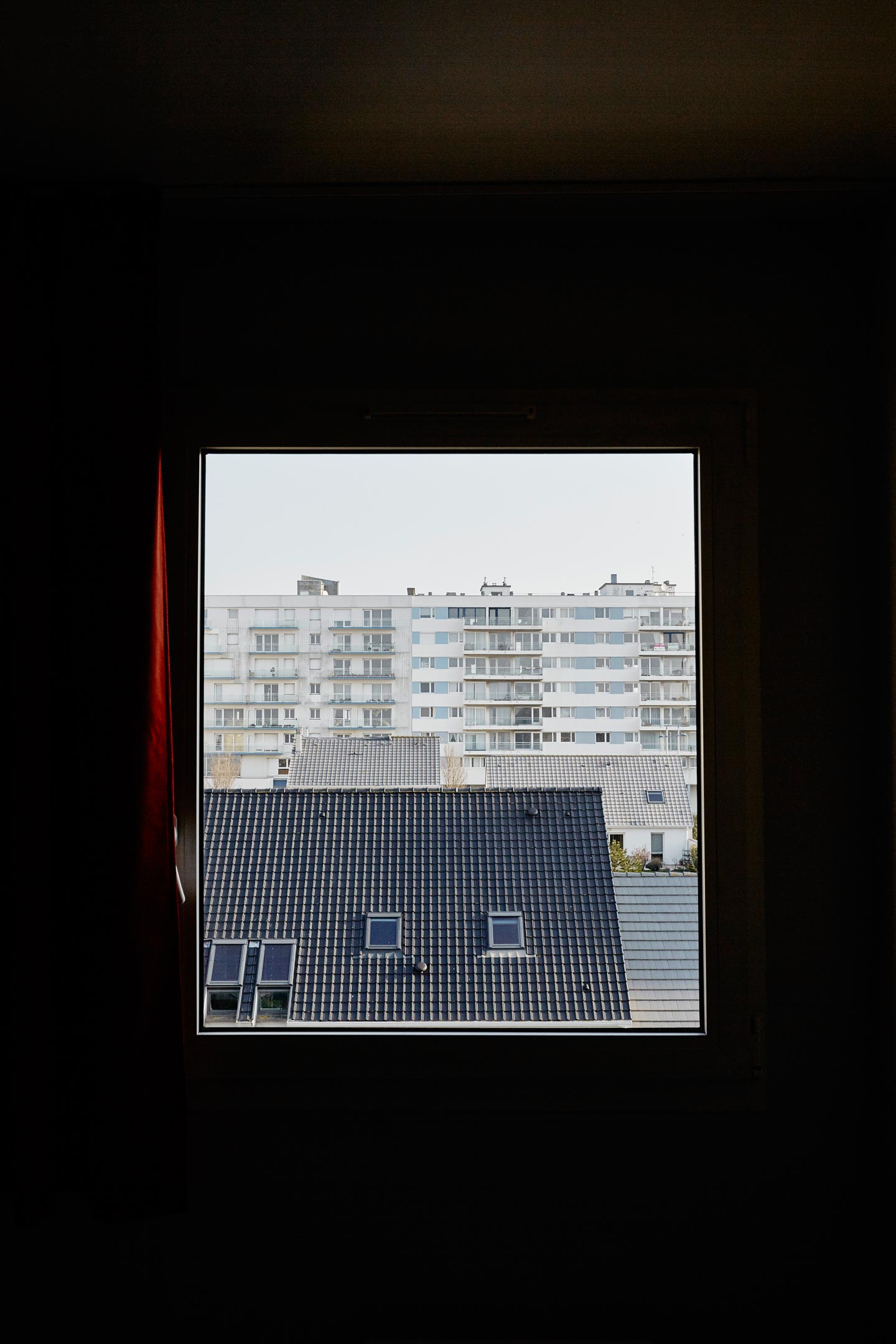
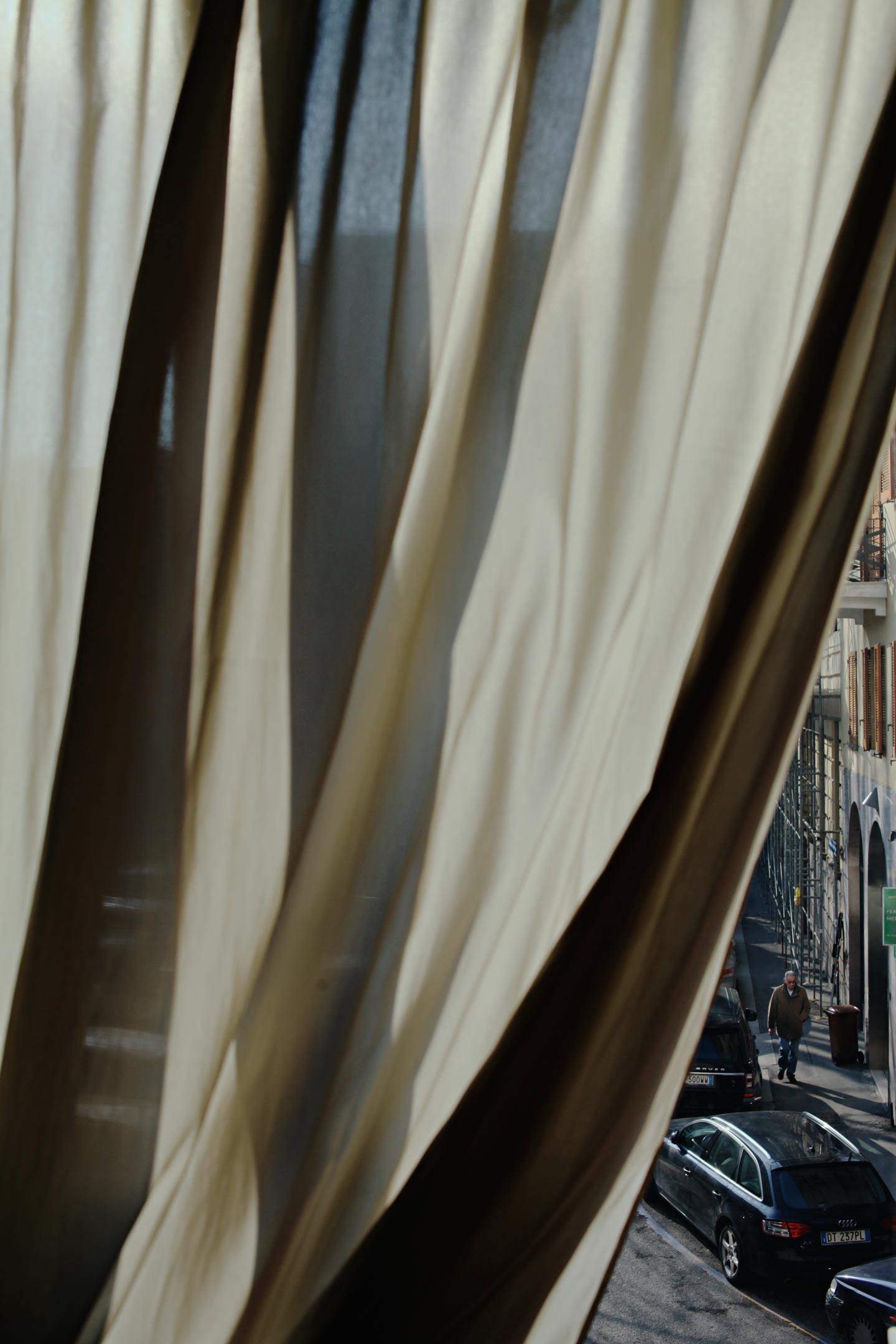
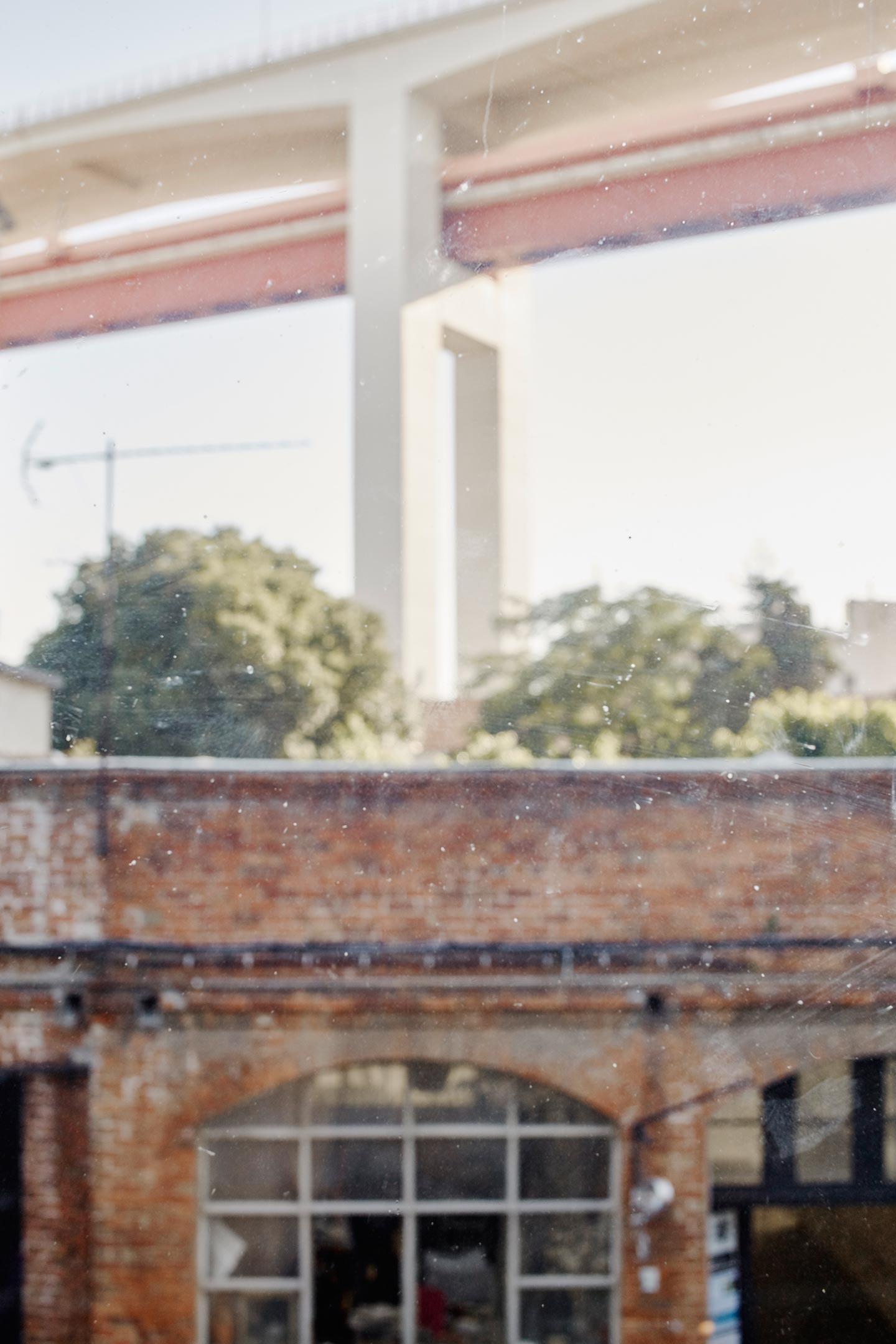
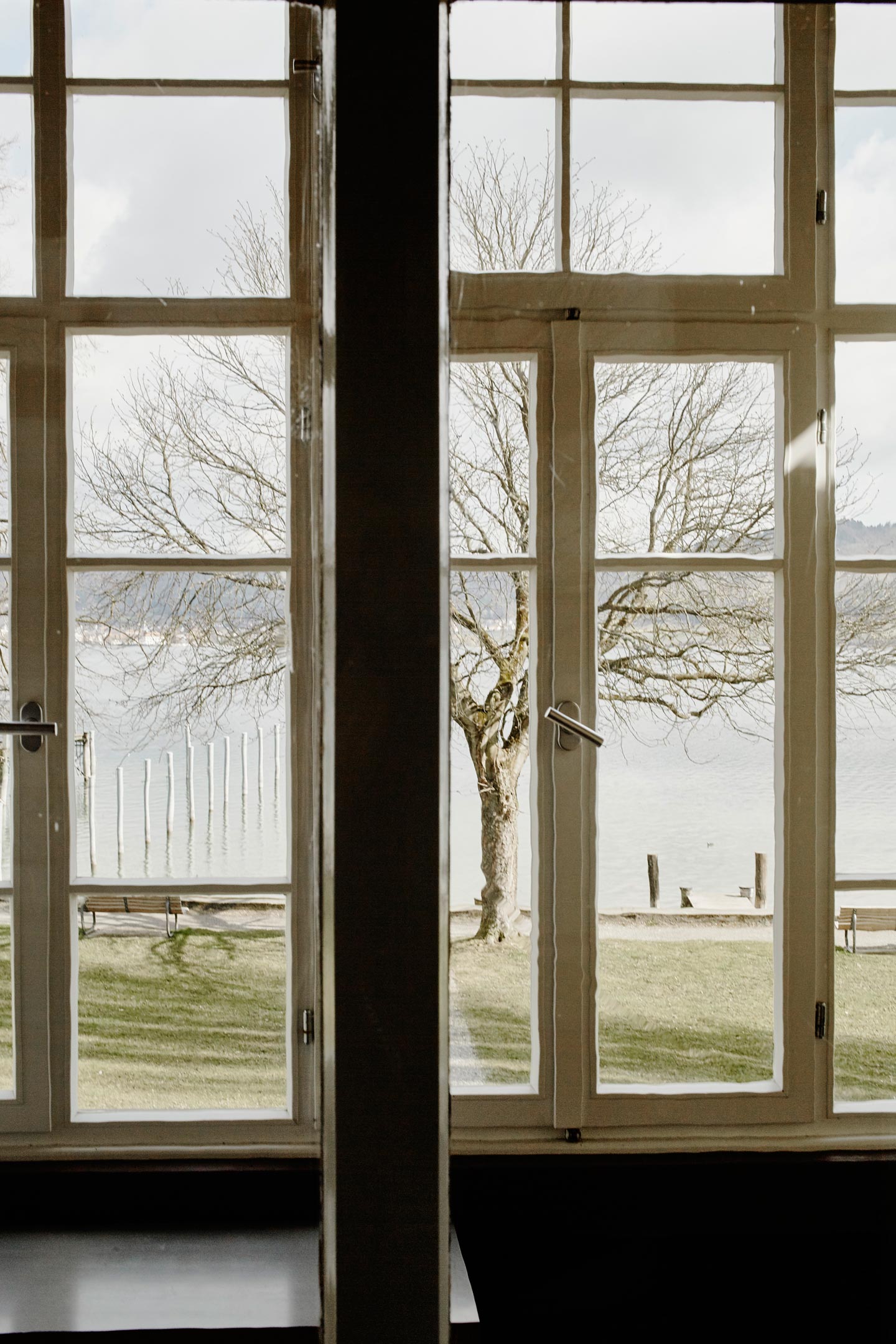

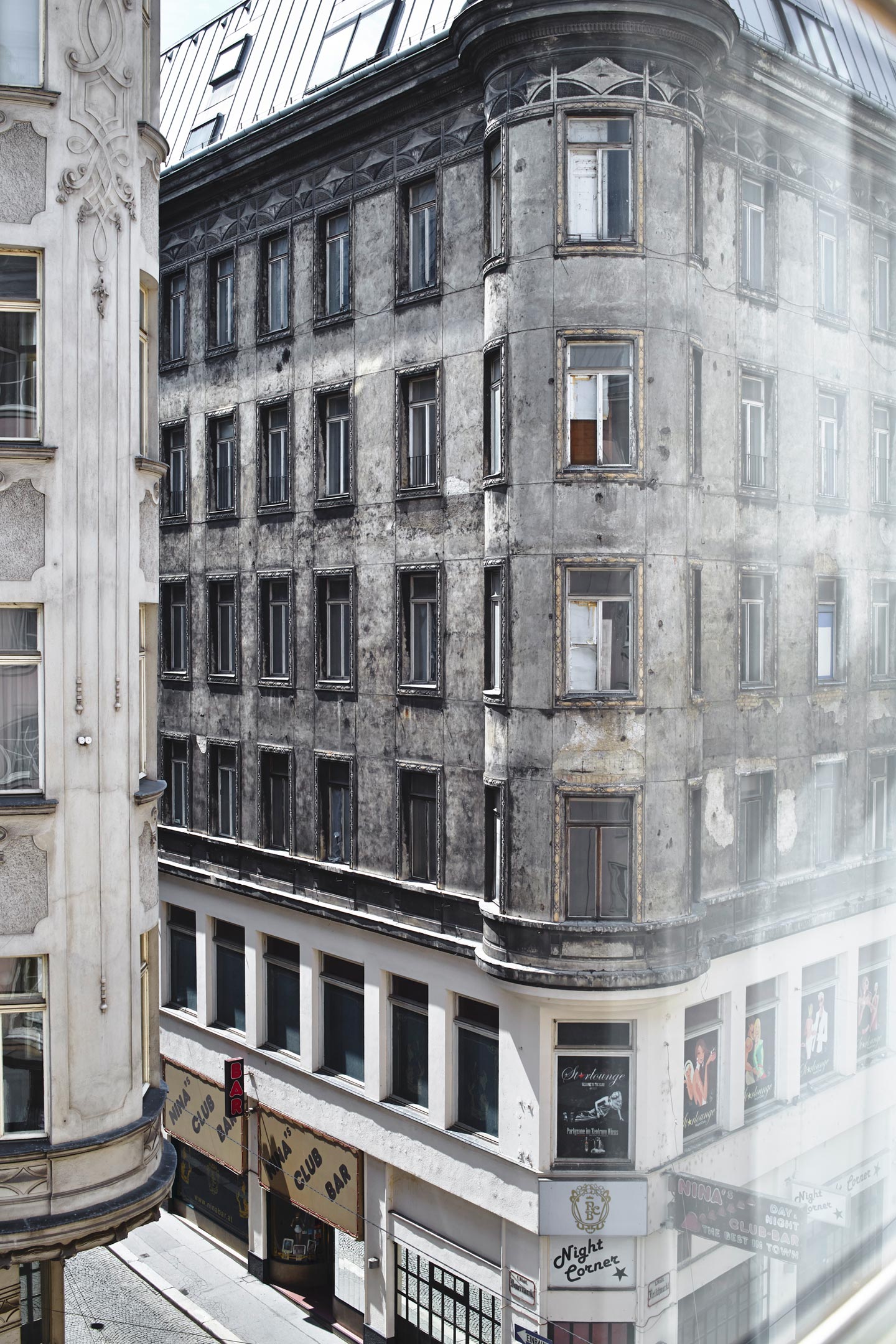
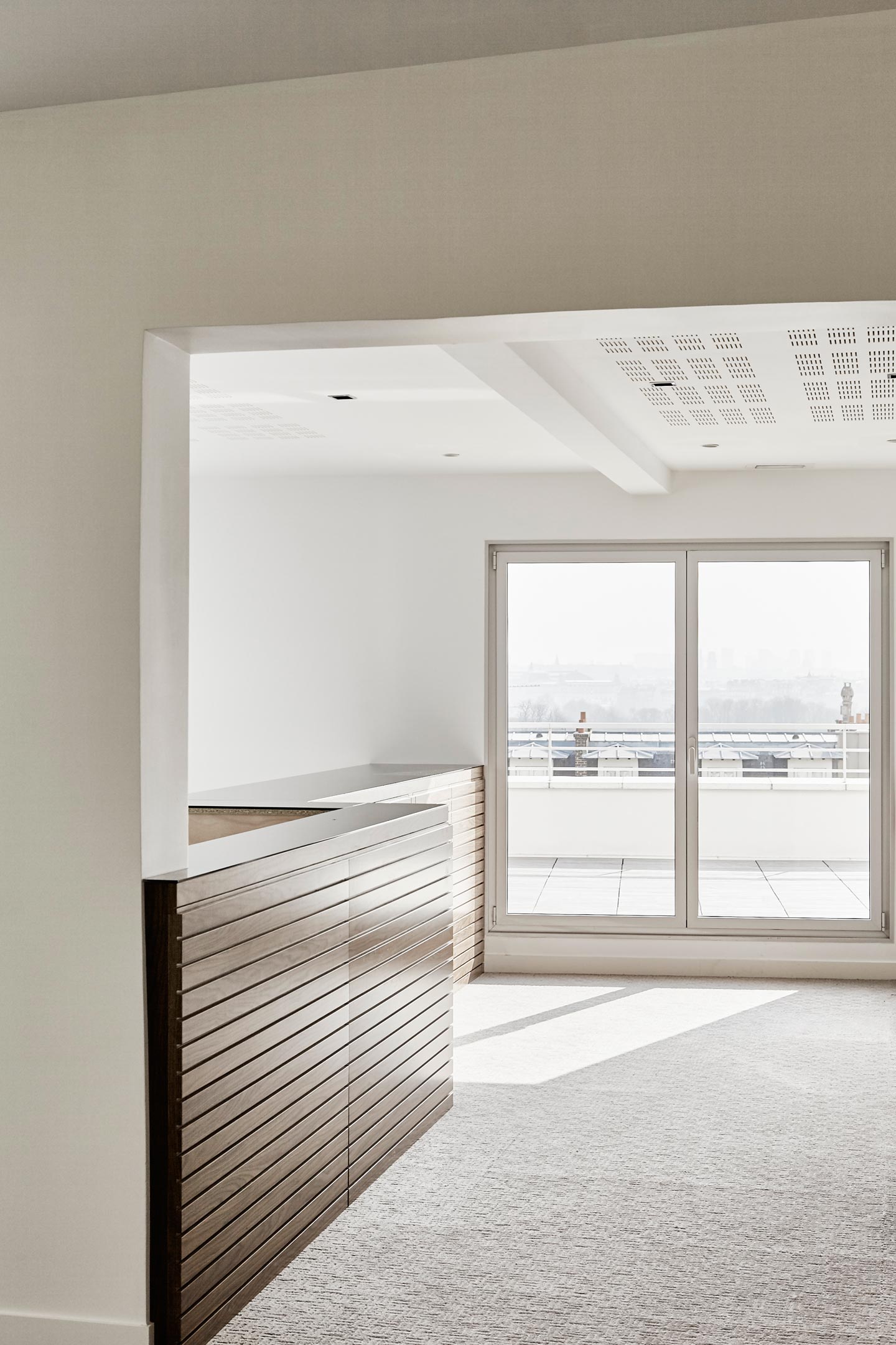
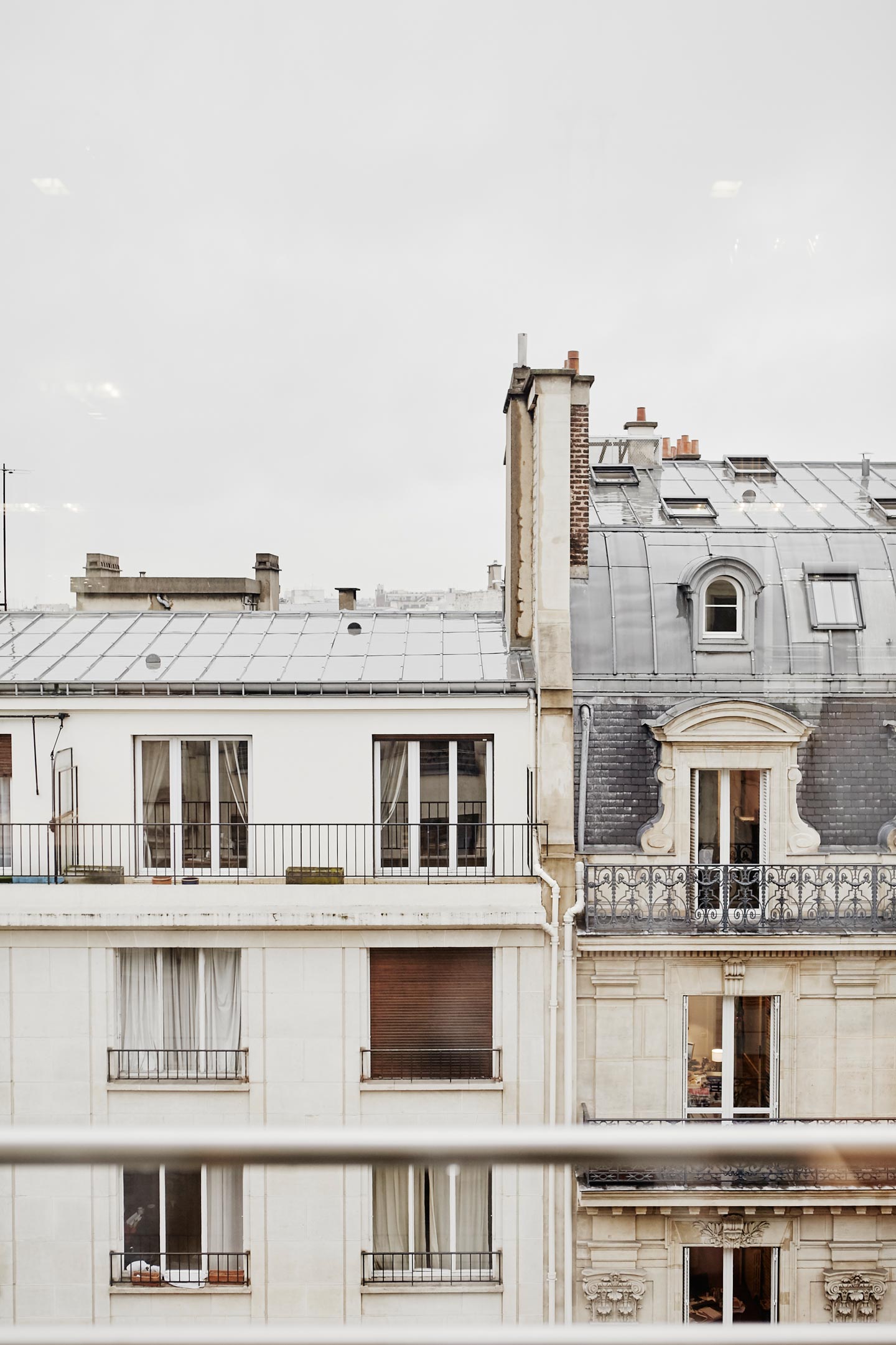
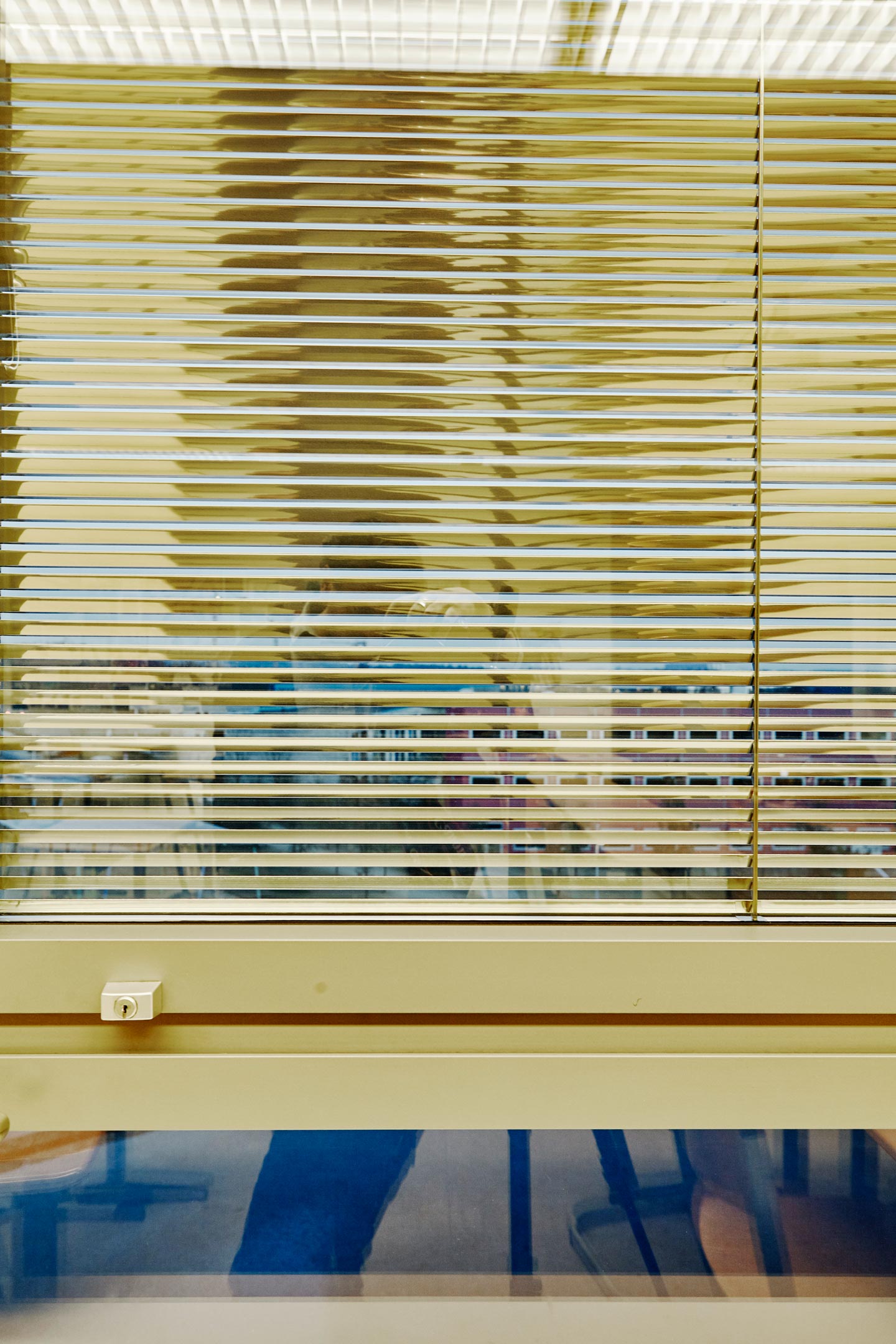
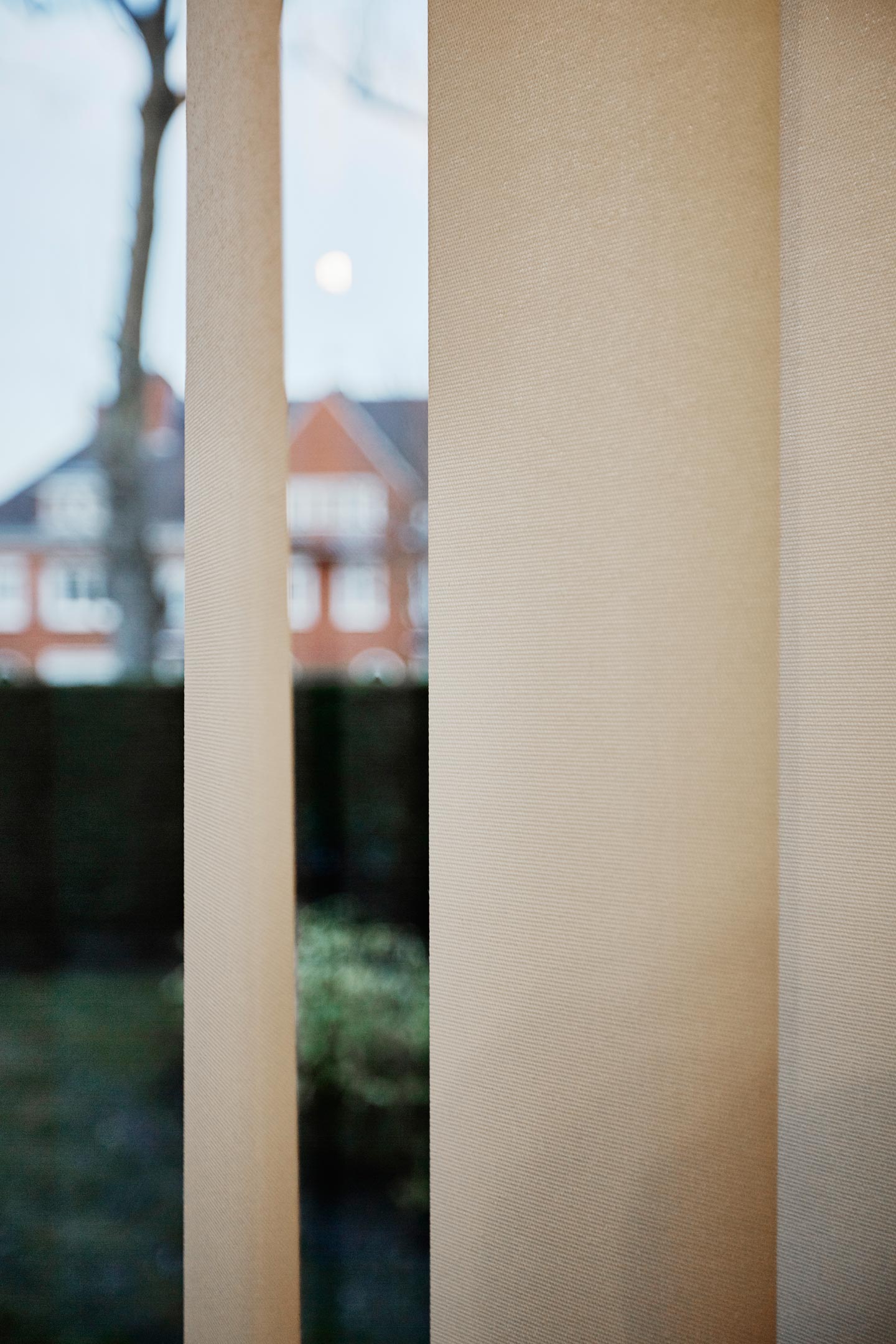
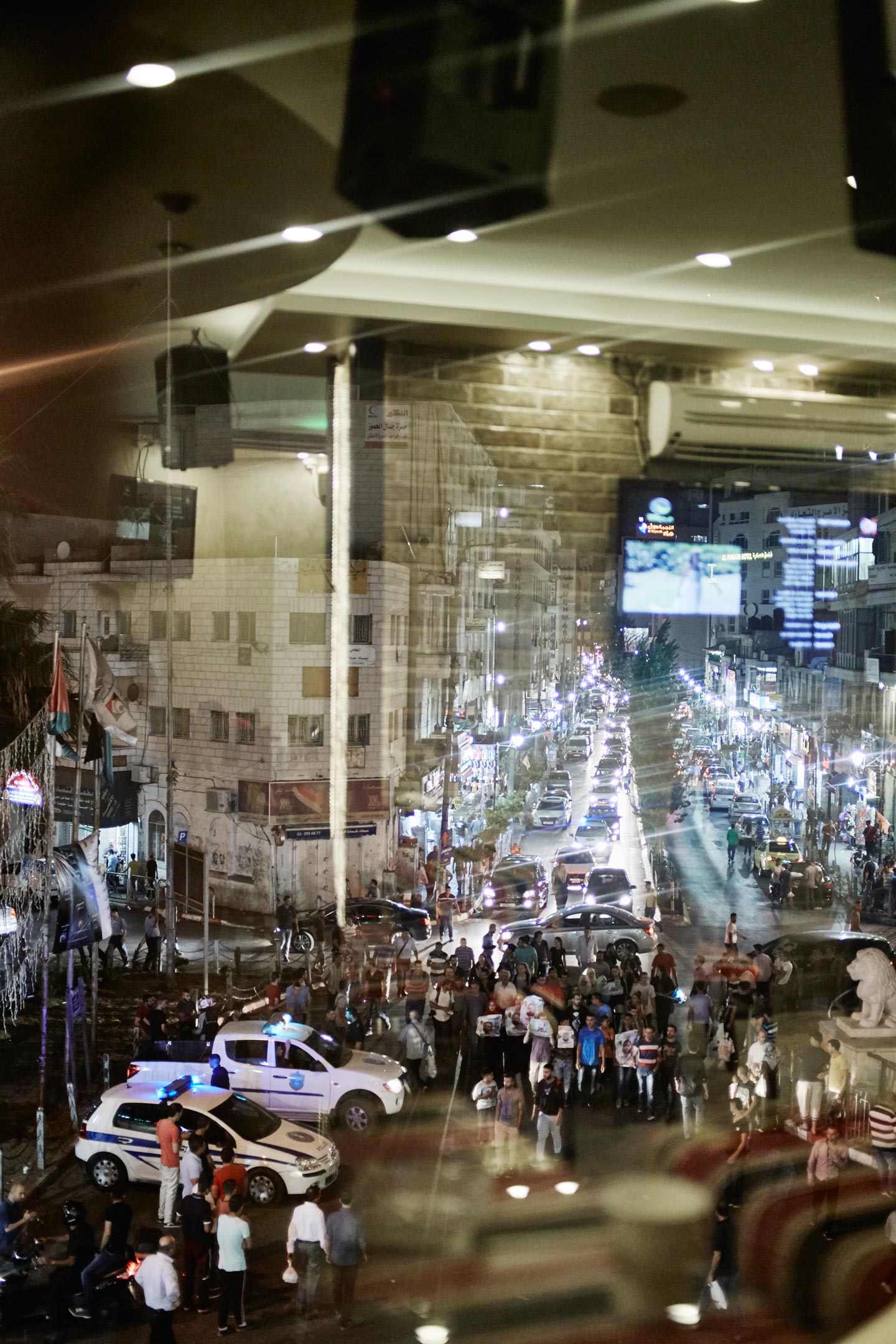
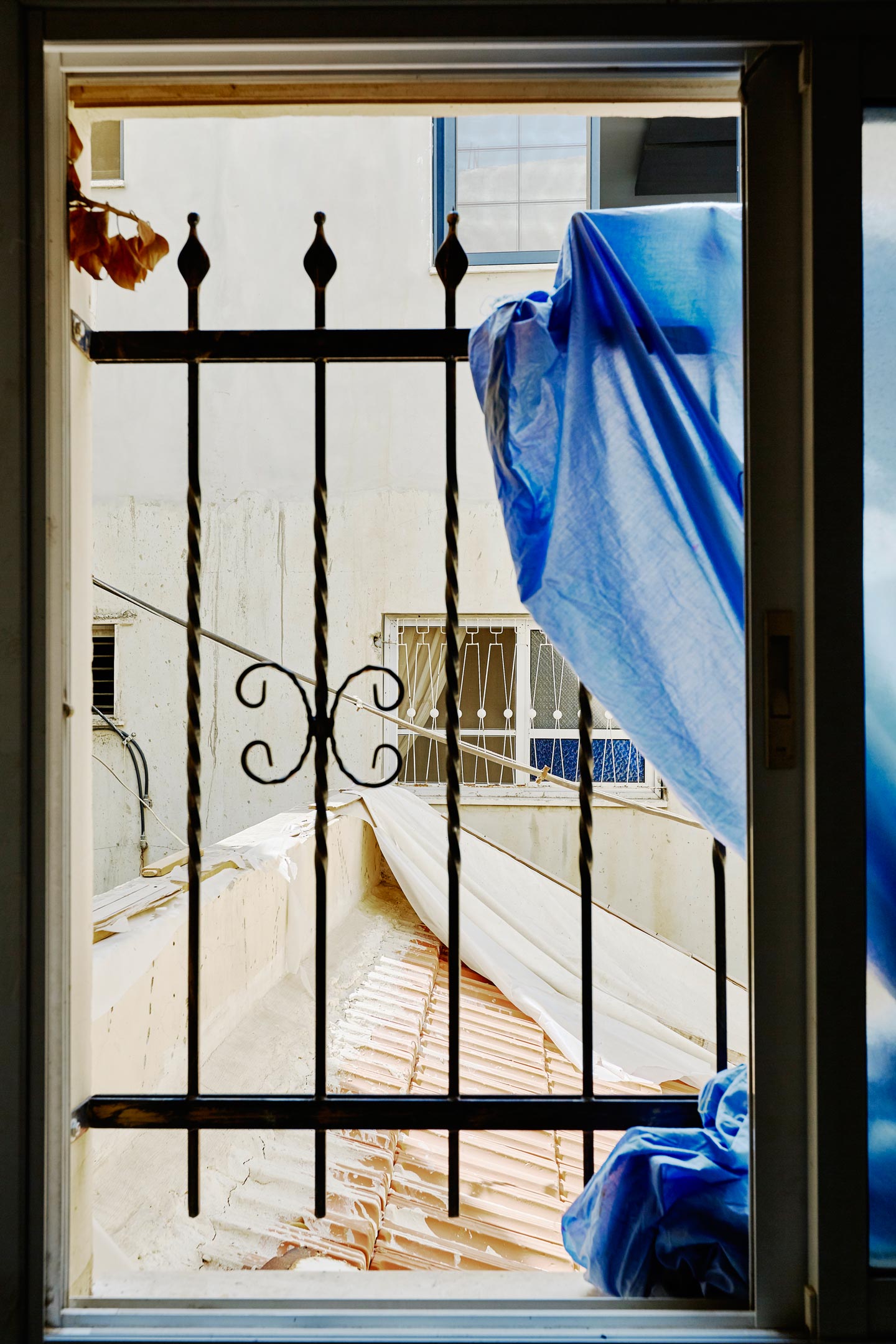
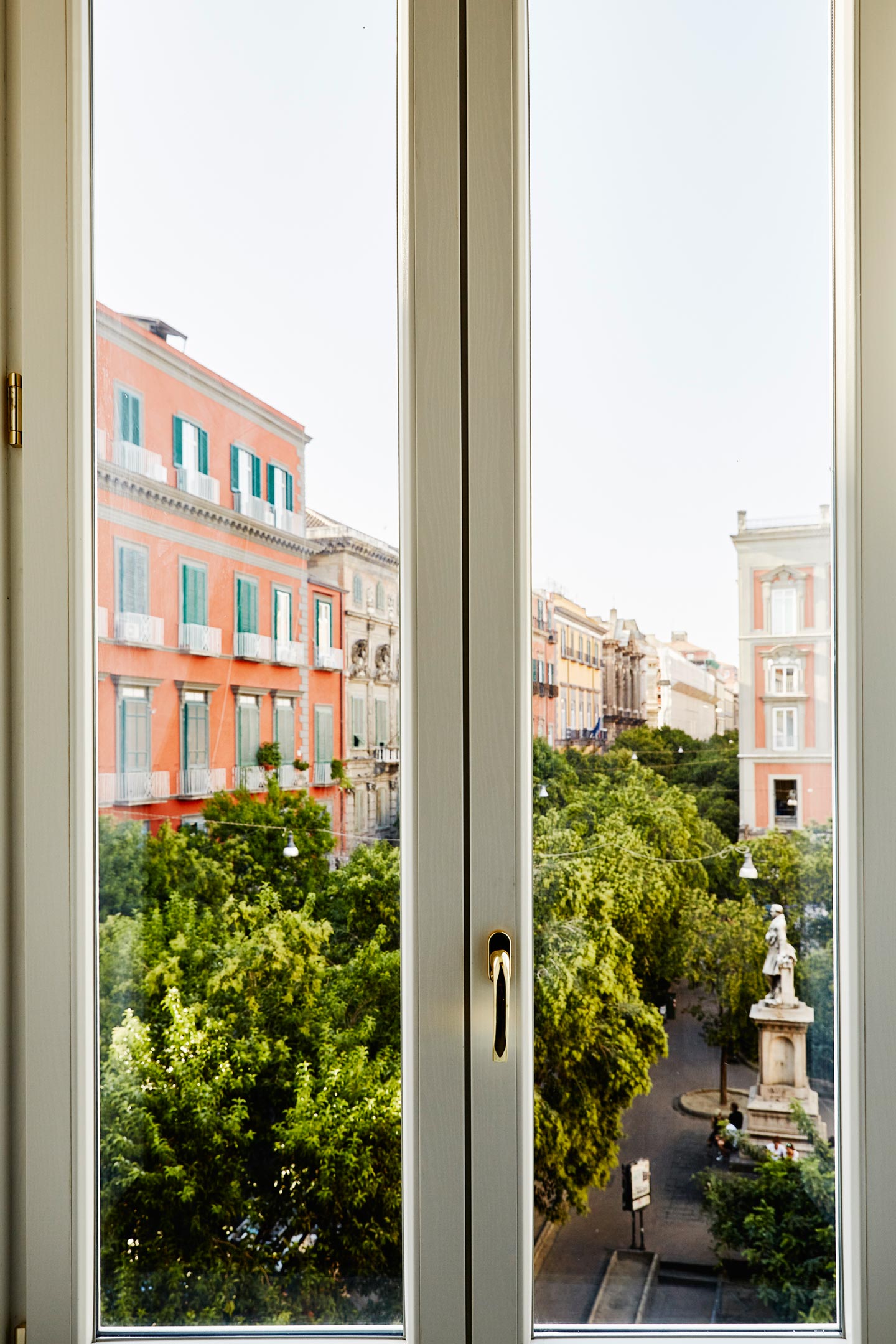
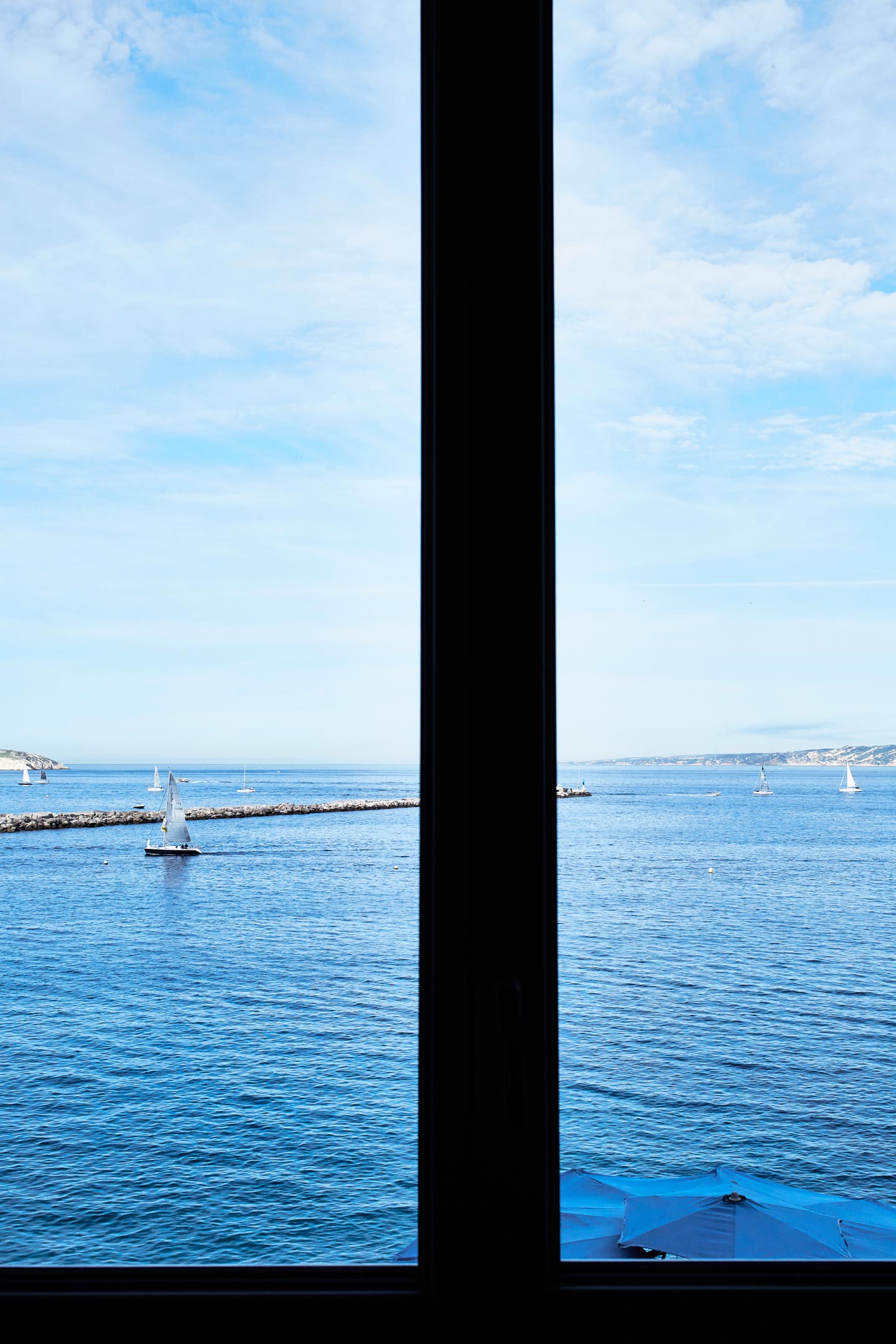
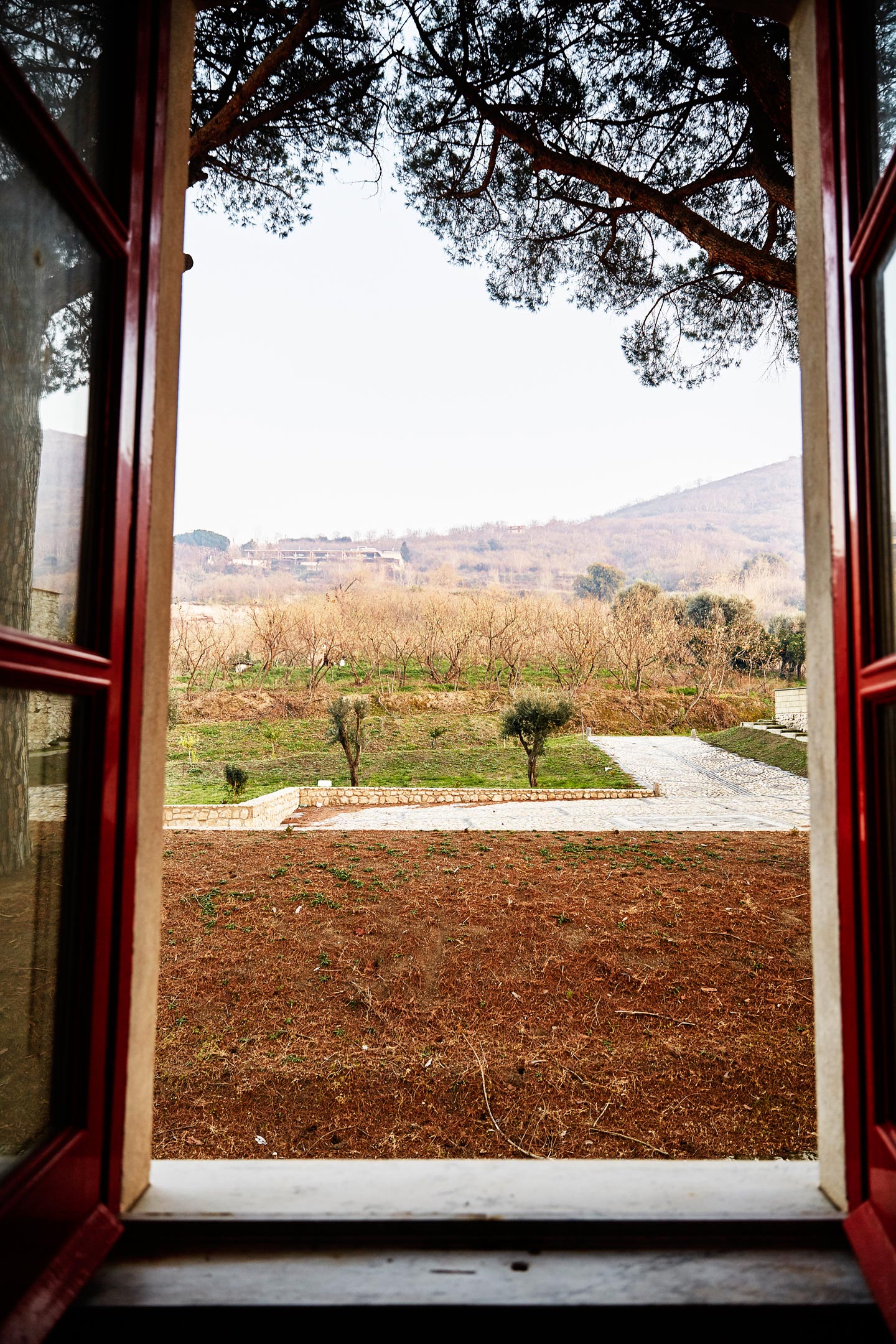
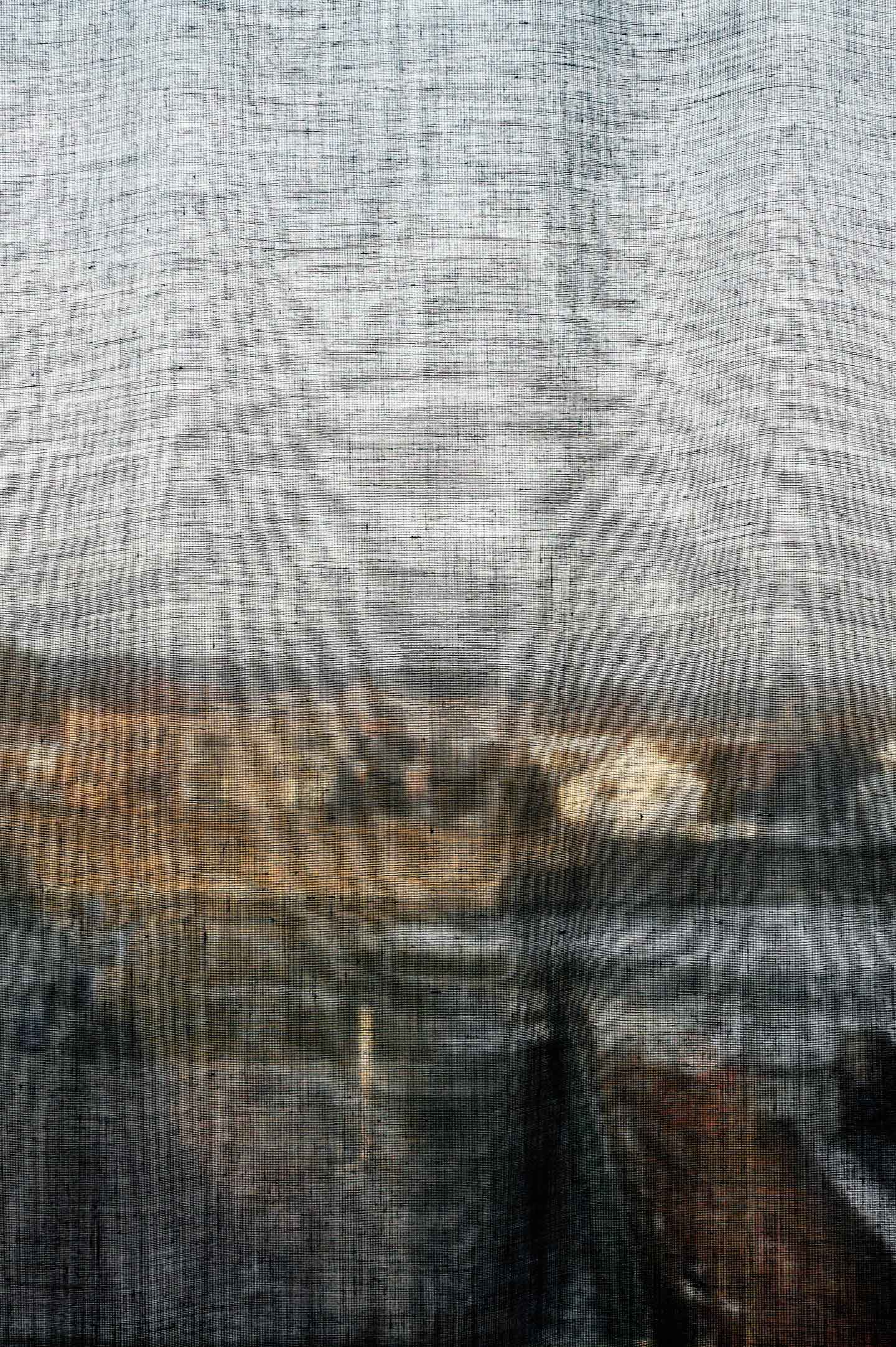
IN THIS INTERVIEW > 37 year-old Italian photographer Giovanni Ambrosio presents Biography/Threshold, an ongoing series of pictures of windows inspired by the very first known photograph ever made, in 1827…
Hello Giovanni, thank you for this interview. What are your main interests as a photographer?
I’m interested in everything, especially in photographic genres I’m not naturally attracted to, like documentary photography, landscapes, and even portraits. My work stands on a very simple basis: the exploitation of classic genres of art photography. Being a photographer gives me the opportunity to try to answer to the following question: what happens to a photograph if I assume that it does not necessarily belong to photography? In other words, how does an idea elaborated within the framework of a specific discipline change when it is taken out of its original context?
Please introduce us to Biography/threshold: what themes are you dealing with in this body of work?
At the moment I could say that photography itself is my main subject matter. I’ve been searching for a way to avoid photographing anything at all: why should I depict and represent things, people or events just because I am using a camera? So my idea was to go to back to the roots of photography history, and specifically to the first photograph ever taken: View from the Window at Le Gras, by Nicéphore Niépce. It’s a very contemporary picture, especially if you take a look to the original plate: you can’t see almost anything, but you can observe the act of viewing. A window is, by definition, a point of view.
Can you talk a bit more about the function of the window in the Biography/Threshold images?
We all have a window in our life that allows us to observe what there is outside. Every window, as Portuguese poet Fernando Pessoa wrote in Tabacaria, opens onto the mystery of a street continually crossed by people, or that of a desert street, I would add. From this basic quality follows a series of related themes: the desire to see, perception, transparency, opacity, displacement, space, walking, threshold, distance, obstacle, infinity, filter, self-portrait, framing, separation, movement, presence, Heterotopia. And probably many others I still can’t pinpoint.
A window brings together all the things I just mentioned in a single image. It is a starting and ending point at the same time. A window is a threshold; it symbolizes the delimitations of a certain place. It’s as far as you can reach, or are allowed to reach. It opens on another space, thus defining the space you are in. It lets light in, so it’s also a good metaphor for photography. A window is a camera; it extends your gaze. It embodies the idea of an undefined potentiality. It is and represents a split, a crack, in both a physical and a metaphysical sense. Eventually, it is the paradigm of pictorial representation. It often looks over on a landscape, even if you’re not interested in it. You can’t do anything about it. This is absolutely fascinating to me.
How did you approach the work, visually speaking? What effect did you want to achieve with your photographs?
I tried to keep it as simple as possible. What do I have on focus? The outside view, the blinds? It doesn’t really make a difference. I wasn’t interested in the picture, but in the gesture. My goal was to avoid making landscape photographs, that’s why I’ve always included a physical element of the windows: the frame, the glass, or a curtain.
What inspired Biography/threshold, and how did your creative process for this project look like?
I can recall a precise moment in my life, when I was young, during one of my first visits to a museum: a friend of mine came to me and asked why I would stand looking through a window with the curtains closed, while we were in a place full of things to be observed inside. I didn’t answer, but I always kept that question in my mind.
When I started the project, I’ve set out to make a picture whenever I would come across a window, anytime I had a camera with me. So I collect many pictures, I forget about them, I let them react, even rot (I like to think of photography, even digital photography, as if it was matter), and only at a later time do I take a look and add them to the series, sometimes in chronological order, sometimes not.
Biography/threshold counts no less than 80 photographs. Why did you feel that such a high number of images was needed for the work to be complete?
Because it is more like a never-ending collection than a series. So a biography is.
Did you have any specific references or sources of inspiration in mind for Biography/threshold?
Beside Niépce and Pessoa, I should mention the Italian poet Giacomo Leopardi; and all kinds of works about mobility and walking. When I was already working on Biography/Threshold I discovered Walter Benjamn’s essay Loggias (included in his Berlin Childhood book) and Isa Genzken’s Fensters, as well as her exhibition Everybody Needs at Least One Window. Marcel Duchamp also once defined himself a fênetrier. There are also countless more works of modern and contemporary photography revolving around windows, like Marie Bovo’s, which I discovered by chance.
What do you hope gets across to the viewer seeing your images?
I hope to provoke questions about the terms biography and threshold., and perhaps inspire them to imagine the stories that could be seen through one of the windows.
What have been the main influences on your photography?
I was influenced by literature more than photography. But also visual arts and music.
Who are some of your favorite contemporary photographers?
Hard to say, there are so many. Lately, Noémie Goudal, Joan Fontcuberta, Taryn Simon, Pieter Hugo, Sophie Ristelhueber and Mathieu Pernot.
Choose your #threewordsforphotography.
Inaccuracy. Misunderstandings. Hide.
Keep looking...
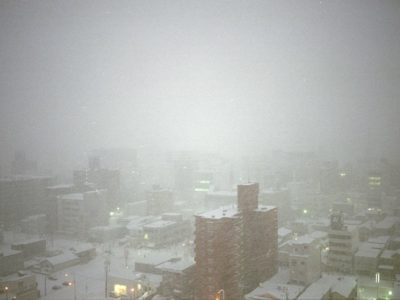
Tereza Kozinc’s Photographs Are Inspired by the Disapperance of Her Beloved Stenli
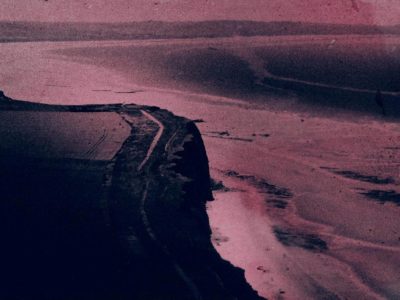
Julie Calbert Manipulates Her Images to Experiment with the Photographic Process
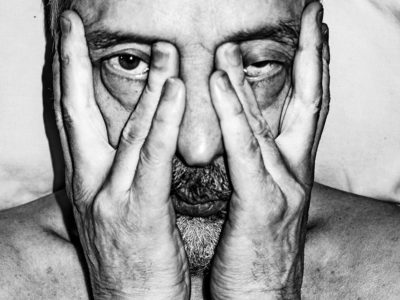
Tayla Corney Photographs Philippe, a Man Suffering from Depression
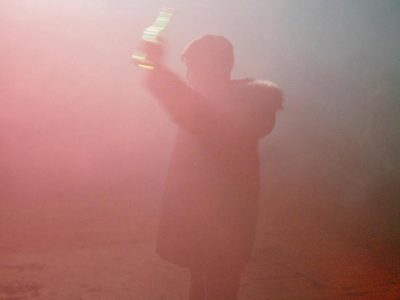
‘Dream the End’ by Dorje De Burgh Is a “semi-imagined mapping” of His Relationship with His Mother
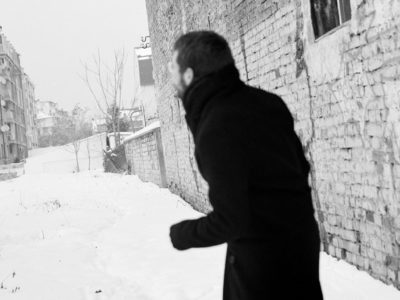
Void x #FotoRoomOPEN — Announcing the Single Images Winner and 12 Shortlisted Photographers in the Series Category

Enter #FotoRoomOPEN and Have a Solo Exhibition at foto forum
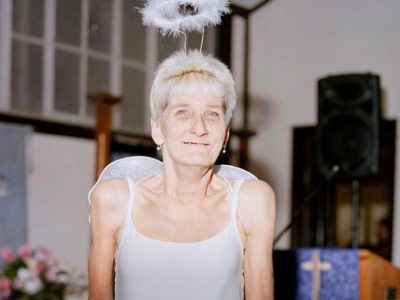
There’s a ‘Happy Club’ in One of England’s Most Deprived Regions (Photos by Sandra Mickiewicz)
